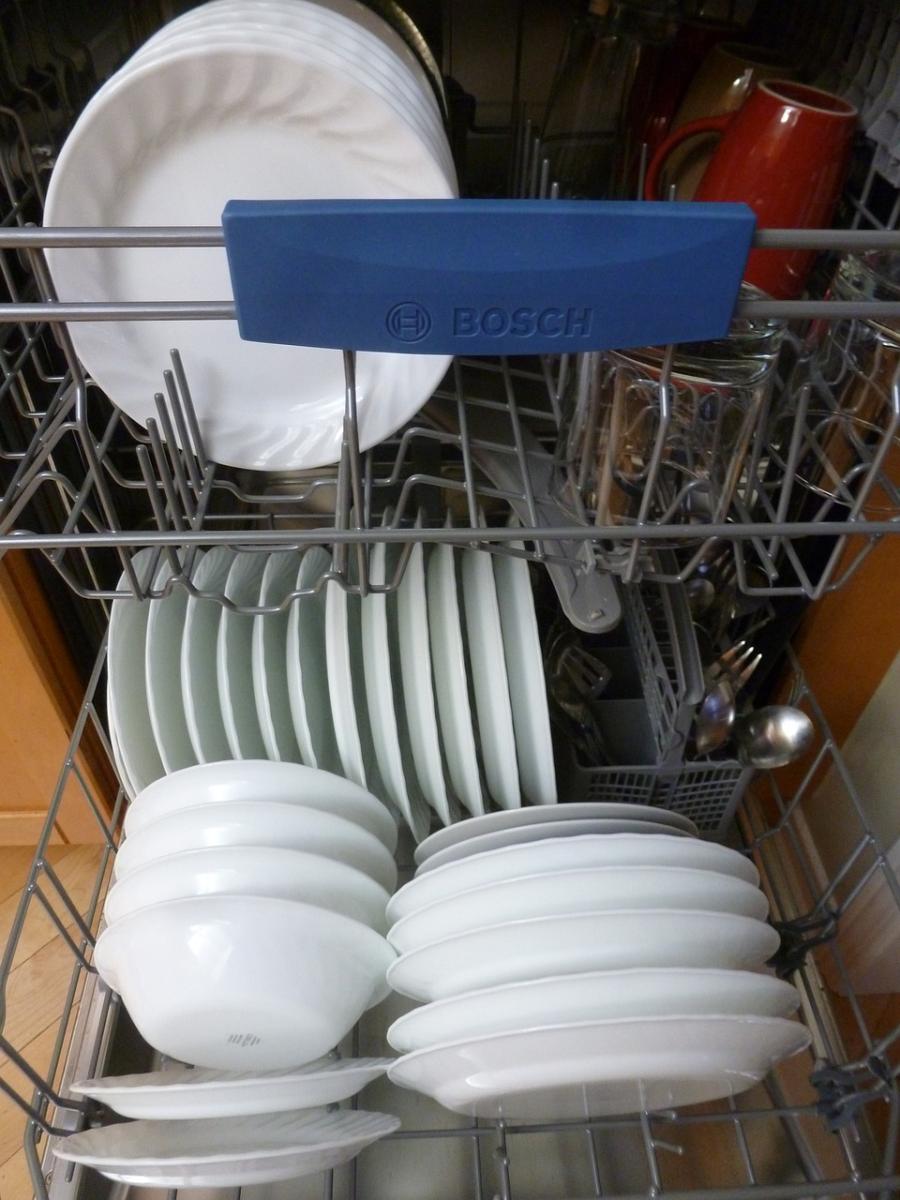Loading your dishwasher might seem straightforward, but there are a few tips that can make a big difference. When you load it right, you can fit in more items and get cleaner dishes! Let's dive into some helpful tips.
First off, separate your items. Place larger pots and pans on the bottom rack so they get the most powerful spray. Lay them flat when possible. On the top rack, load cups, glasses, and smaller bowls. Keep everything facing downwards to prevent water from pooling. This way, everything gets a good rinse.
Don't forget about utensils! Put forks and knives with the handles facing down to avoid injuries when unloading. Place spoons in a way that they don’t nest together, since they can block the water from washing them properly. Many dishwashers have cutlery baskets, which can help in organizing them better.
Also, give some thought to spacing. Avoid cramming dishes too tightly together. They need room to move and get clean. If your dishwasher has adjustable racks or tines, use them to create more space when needed. And don’t forget to check for any stuck food on your dishes before loading; a quick rinse makes a huge difference!
Finally, keep your dishwasher's filter clean. A clean filter helps maintain water flow and ensures all your dishes come out sparkling. It’s a small step that pays off in cleaner results. With these tips, you’ll be loading like a pro in no time!
Common Mistakes to Avoid
Loading your dishwasher might seem easy, but there are a few common mistakes that can ruin your dishwashing game. Let’s dig into what to avoid so you can get the best results every time.
First off, not scraping off food residue is a big no-no. You don't have to scrub everything clean, but giving your dishes a quick rinse helps a lot. Big food bits can clog the filters and mess up the cleaning cycle. Just a little prep goes a long way!
Next, stacking your dishes too tightly can hinder proper cleaning. It’s tempting to fit in as much as possible, but if you block the spray arms, you’re asking for trouble. Make sure there's enough space between dishes for water and soap to circulate freely. Aim for a snug but not overcrowded fit.
Don’t forget about the silverware! Placing forks, knives, and spoons all together can lead to some messy results. They tend to nest, which leaves some pieces dirty. Try alternating the direction of the utensils and placing them in different compartments to keep them separate.
Lastly, avoid loading non-dishwasher-safe items. Some plastics can warp, and certain materials just aren’t meant for the heat. Always check labels if you’re unsure. Sticking to the right items avoids damaging your dishes or your dishwasher. Happy loading!
Best Practices for Different Dish Types
When it comes to loading your dishwasher, knowing how to stack different dish types can make a huge difference in cleaning outcomes. Let's break it down to make it easier for you.
Plates and Bowls: Always load your plates and bowls facing downward. This helps water reach every nook and cranny. If you have larger plates, place them on the bottom rack and angle them slightly to allow water to flow freely. Stack bowls in the top rack, tilting them a bit so they don’t trap water.
Cups and Glasses: For cups and glasses, the top rack is your best friend. Place them upside down to prevent water pooling inside. Make sure they’re spaced out to avoid clinking together during the wash cycle, which can lead to chips and cracks. If you have larger mugs, load them at an angle to ensure they get cleaned thoroughly.
Utensils: Load spoons, forks, and knives in the designated silverware basket. Mix them up to prevent sticking, which can cause some to not get cleaned well. Place sharp knives with the blade facing down for safety. If your dishwasher has a special rack for larger utensils, make use of it to keep everything organized.
Bakeware and Pots: For bakeware and pots, place them on the bottom rack facing down as well. Make sure they don’t block the spray arm, as this can prevent effective cleaning. If you’re washing non-stick cookware, check the manufacturer’s directions for dishwasher safety, as some materials may be more prone to damage.
Organizing Your Dishwasher for Maximum Space
When it comes to getting the most out of your dishwasher, how you load it can make a big difference. A little organization goes a long way to maximizing space and ensuring everything comes out sparkling clean.
Start with the bottom rack. It's designed for heavy and larger items. Place pots, pans, and dinner plates here, facing down for better cleaning. If you stack smaller items, make sure they don’t block the spray arms. You want that powerful water flow to reach every corner!
Now, let’s talk about the top rack. This is the perfect spot for delicate items like glasses, cups, and small bowls. Angle them down so water can wash away any leftover food. And remember, lids and other small items can also go here. Just make sure they won’t tip over during the wash cycle.
Don’t forget about the utensil basket! Group forks, knives, and spoons together to avoid clanking sounds and getting them tangled. Place knives point down for safety. If your dishwasher has a third rack for utensils, take advantage of it. It gives you extra space and keeps everything tidy.
Finally, consider any odd-shaped items. Items like cutting boards or large serving platters might need a special spot. Just make sure they’re not blocking the spray jets. With just a little thought, you’ll find the perfect arrangement for all your dishes!

